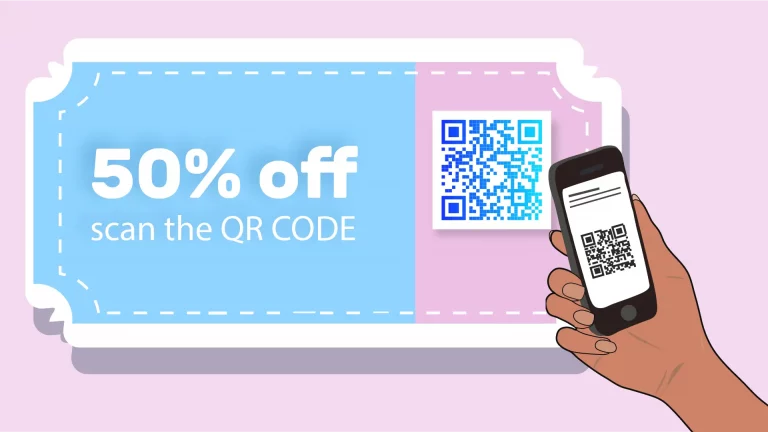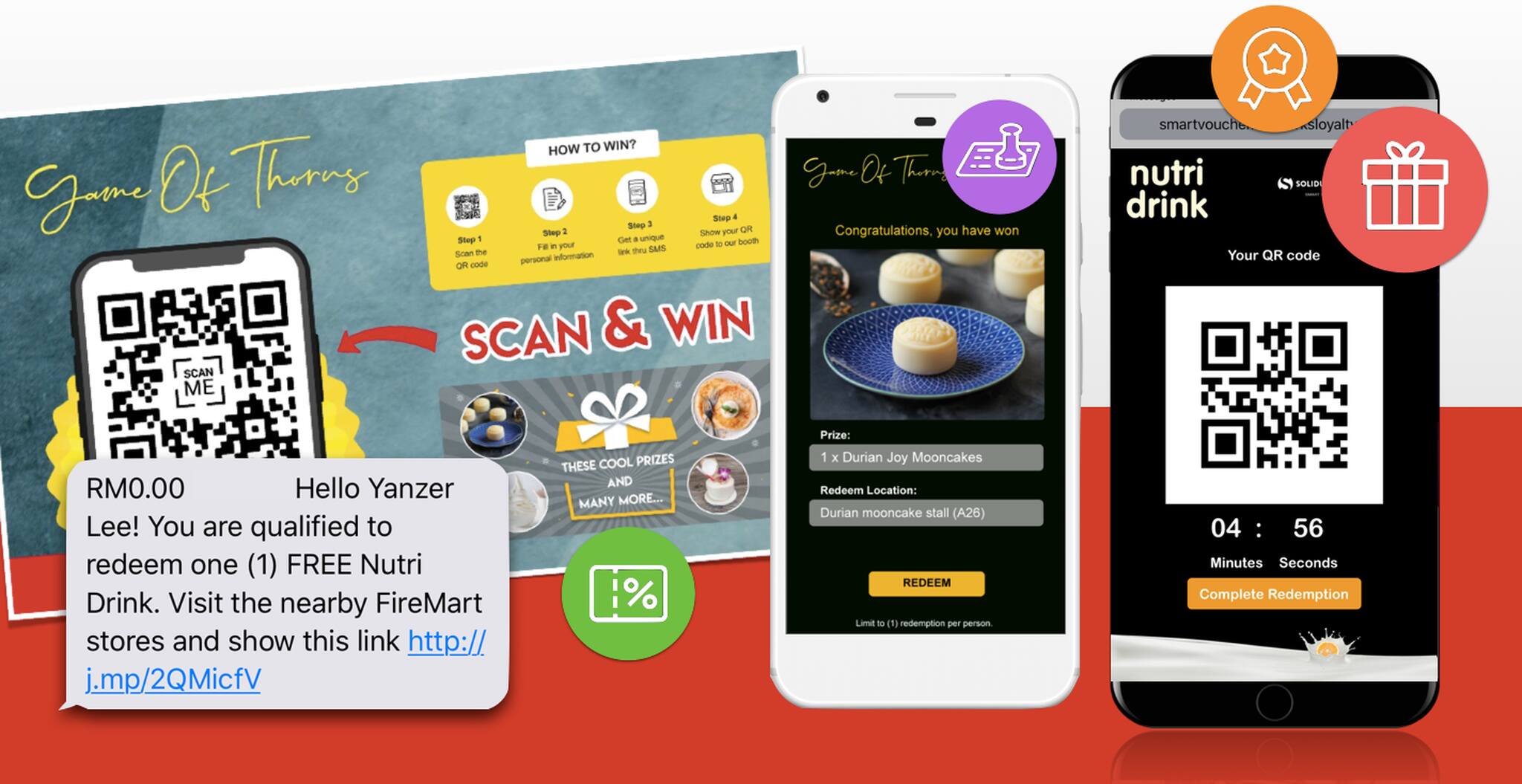Drive Sales and Construct Brand Name Loyalty with an Effective Loyalty System
Drive Sales and Construct Brand Name Loyalty with an Effective Loyalty System
Blog Article
Increase Customer Retention With a Powerful Loyalty System
In today's competitive industry, improving customer retention is not simply helpful but important for sustained development. A well-designed loyalty system offers as a critical tool in this undertaking, fostering significant partnerships in between businesses and their clients. By comprehending the essential components of efficient loyalty programs, organizations can customize their methods to satisfy diverse consumer needs.
Value of Customer Retention
Customer retention is a foundation of lasting service success. It reflects the capability of a company to maintain its customers satisfied and involved with time, causing repeat purchases and lasting success. Retaining existing clients is often a lot more affordable than getting brand-new ones, as it decreases advertising and marketing expenses and promotes a loyal client base that supports for the brand name.

Furthermore, high client retention rates can boost a business's credibility on the market, attracting brand-new customers via favorable word-of-mouth and recommendations. Businesses that focus on customer retention are additionally better placed to gather valuable responses, enabling them to refine their offerings and address potential concerns proactively. Eventually, effective client retention strategies develop a strong structure for growth, permitting services to thrive in a significantly competitive landscape.
Secret Components of Loyalty Programs
A properly designed loyalty program acts as a powerful device for boosting client retention by giving incentives that urge repeat business. To achieve this, a number of vital components need to be included right into the program.
First, a clear framework for rewards is necessary. Customers ought to quickly comprehend just how to make rewards or points, which can be based upon acquisition regularity, spending levels, or specific activities like recommendations. This openness promotes depend on and inspires involvement.
2nd, personalization plays an important duty. Customizing incentives and communication to individual preferences improves consumer satisfaction and enhances partnerships. By leveraging data analytics, companies can offer targeted promotions that reverberate with clients' rate of interests.
Third, ease of usage is crucial. A smooth sign-up process and an instinctive interface for tracking rewards can dramatically improve customer experience. If consumers find it troublesome to browse the program, they might disengage.
Finally, regular interaction and updates regarding the program keep it top-of-mind for consumers. Informing them of brand-new rewards, unique deals, or program changes assists preserve rate of interest and engagement.
Including these parts successfully can result in a much more successful loyalty program that considerably boosts customer retention.
Types of Loyalty Equipments
Discovering different types of commitment systems discloses distinctive techniques that organizations can adopt to foster client retention. One usual type is the points-based system, where clients gain factors for every purchase, which can later on be redeemed for benefits. This simple strategy incentivizes repeat purchases and maintains customers involved.

Cashback commitment programs, where customers receive a portion of their purchases back as cash money or shop credit report, are likewise preferred. This design straight awards investing, developing a prompt motivation for customers to return.
Furthermore, subscription-based loyalty systems provide clients with exclusive advantages in exchange for a persisting cost. This approach not only ensures a constant income stream yet also promotes long-lasting relationships with clients that value continuous benefits.
Last but not least, experiential loyalty programs concentrate on supplying unique experiences, such as tailored solutions or special occasions, enhancing emotional links and brand name loyalty. Each sort of commitment more information system provides unique benefits, enabling companies to align their strategies with client preferences.
Ideal Practices for Implementation
When applying a loyalty system, businesses find more info must prioritize comprehending their customer base to customize the program efficiently. Performing thorough research study to recognize client preferences, motivations, and actions is crucial. This insight will direct the layout of the loyalty program, ensuring it reverberates with the target market.
Choosing a design that lines up with client expectations can boost engagement. Additionally, simplicity is vital; clients need to easily comprehend exactly how to make and retrieve benefits.
Assimilation with existing systems is another finest practice. The loyalty program must flawlessly get in touch with point-of-sale systems, mobile apps, and client partnership management (CRM) tools to supply a natural experience. Additionally, reliable communication is crucial. Companies ought to consistently promote the commitment program through numerous networks, making sure consumers understand the advantages.
Finally, gathering continuous feedback is important for constant enhancement. Solicit client input to improve the program and adapt to altering choices, eventually promoting long-term commitment and enhancing customer satisfaction.
Measuring Loyalty Program Success
Efficiently implementing a loyalty program prepares for measuring its performance. To assess success, services should establish clear metrics that straighten with their purposes. Key efficiency signs (KPIs), such as consumer retention prices, average transaction worth, and regularity of repeat purchases, provide important insights right into program performance.
Another vital action is the redemption price, which shows how often customers utilize their rewards. A high redemption rate often reflects a program's appearance and relevance to consumers. In addition, tracking customer engagement via involvement in unique promotions or occasions can disclose fads in loyalty behaviors.
Consumer Clicking Here feedback is also vital; surveys and focus groups can illuminate understandings of the loyalty program, highlighting areas for improvement. Evaluating customer lifetime worth (CLV) can aid measure the monetary effect of loyalty efforts.
Executing these measurement strategies permits services to examine the program's efficiency constantly. This data-driven approach makes it possible for educated choices for enhancing offerings, enhancing customer experiences, and inevitably promoting deeper consumer commitment. By consistently examining these metrics, organizations can guarantee their commitment programs develop in tandem with customer assumptions and market dynamics.

Verdict
In conclusion, a well-structured loyalty program substantially improves consumer retention by cultivating solid links through personalized rewards and efficient interaction. Applying best practices guarantees that the program stays appropriate and easy to use, while constant comments assists in continuous enhancements. Eventually, an effective loyalty system not only boosts customer satisfaction but also drives repeat acquisitions, developing a devoted client base that is vital for long-lasting service success and sustained profitability.
Maintaining existing clients is commonly much more economical than getting brand-new ones, as it minimizes advertising expenses and cultivates a dedicated client base that promotes for the brand.
In addition, high consumer retention rates can boost a firm's track record in the market, drawing in new customers via positive word-of-mouth and referrals.When applying a loyalty system, businesses need to focus on comprehending their customer base to customize the program efficiently. Organizations must frequently promote the commitment program through different channels, making sure consumers are conscious of the benefits.
Eventually, an effective loyalty system not just increases consumer fulfillment but likewise drives repeat acquisitions, establishing a dedicated customer base that is critical for lasting company success and maintained profitability.
Report this page